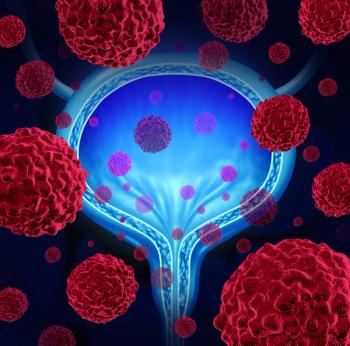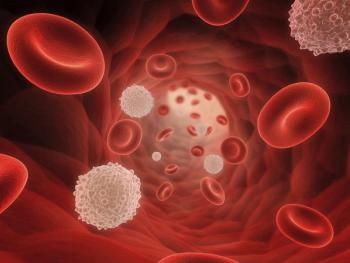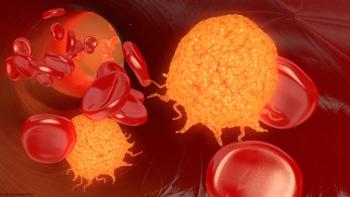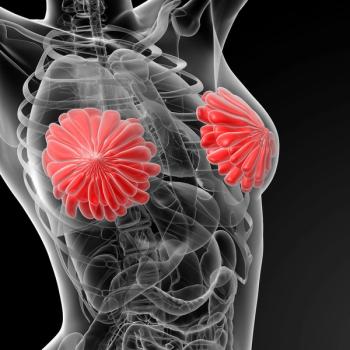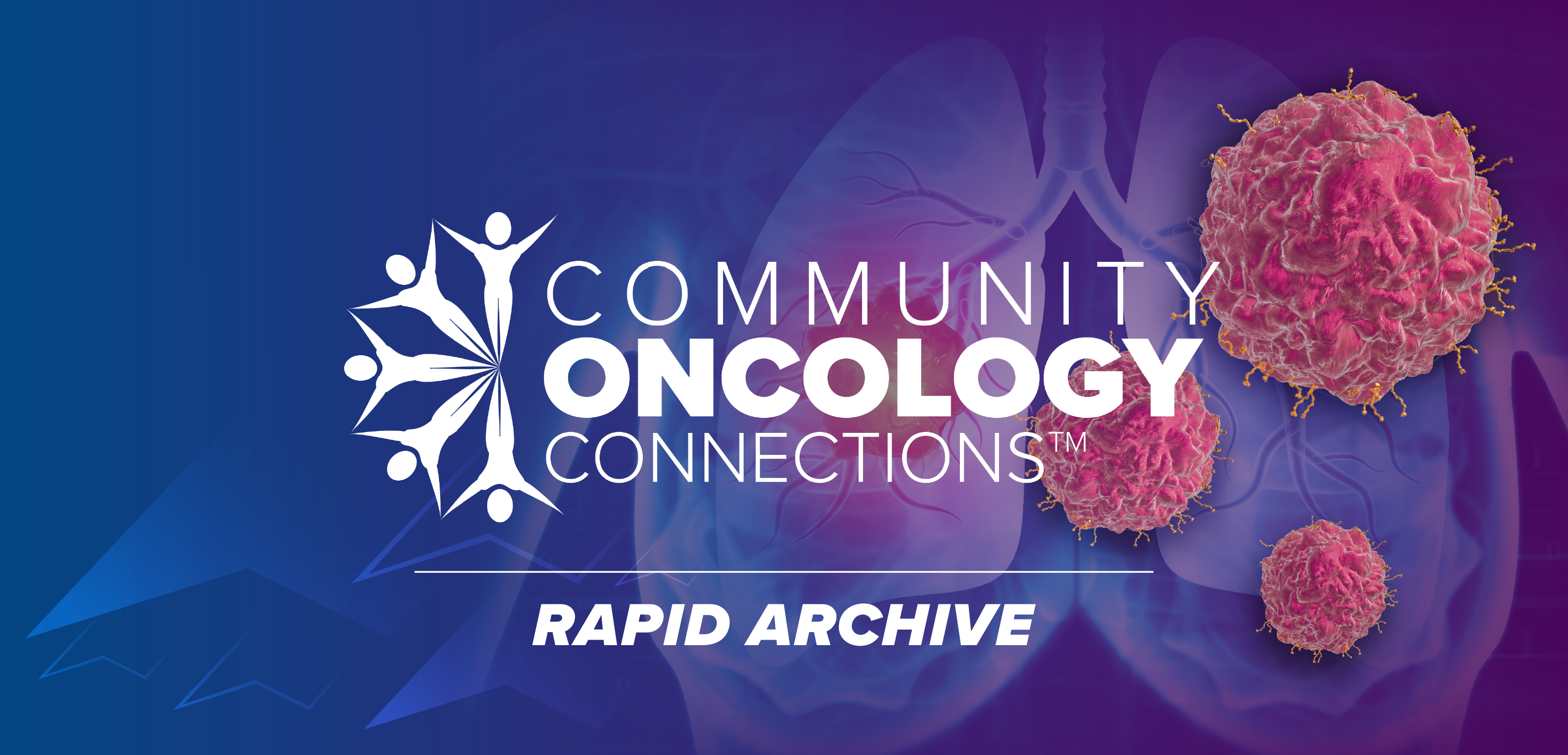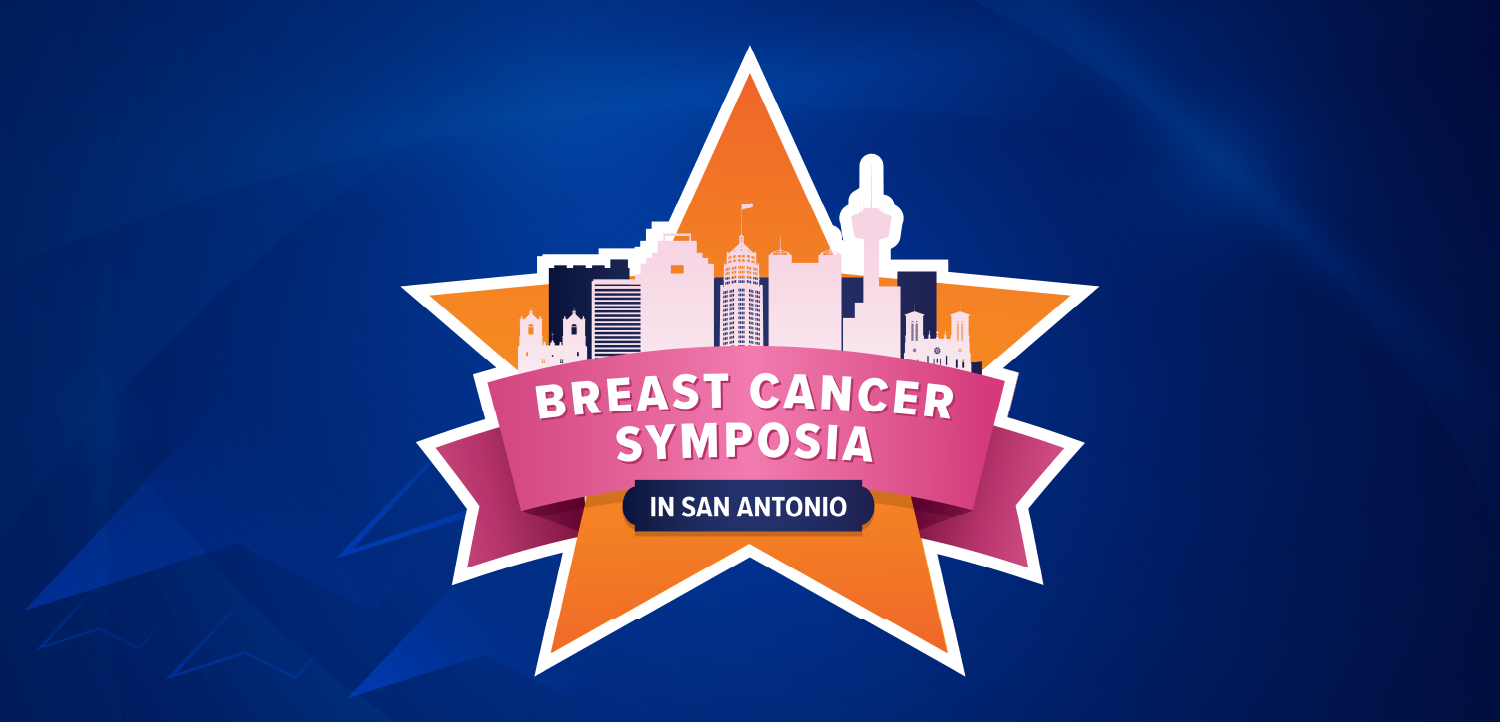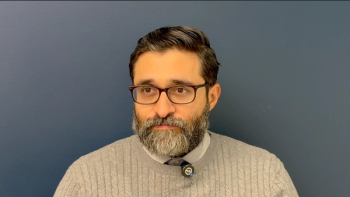
- ONCOLOGY Vol 39, Issue 1
- Volume 39
- Issue 1
- Pages: 12
MZL Workshop Paves the Way for Better Treatment Options
Thomas Habermann, MD, discusses the significance of the MZL Workshop and its contributions to advancing research and improving outcomes.
Thomas Habermann, MD, professor of medicine at the Mayo Clinic, shared insights from the Marginal Zone Lymphoma (MZL) Workshop, a significant gathering of international experts in the field. Habermann spoke with CancerNetwork® about the unique challenges posed by MZL, highlighting its complexity and heterogeneity. The workshop served as a crucial platform for researchers and clinicians to share knowledge, identify research gaps, and collaboratively chart a path forward for improving patient outcomes.
He also focused on how the workshop fostered a deeper understanding of MZL, revealing not only what is known but also what remains unknown. This collaborative effort led to the development of 1-year and 5-year plans, outlining key research directions and fostering international collaborations.
Looking ahead, Habermann emphasized the need for more effective and individualized treatment approaches for MZL. He also highlighted the importance of clinical trials that focus on specific subgroups of MZL to better understand the disease and develop targeted therapies. Additionally, Habermann underscored the complexity of MZL’s biology, particularly its genomics, and the need for further research to unravel the underlying mechanisms of this disease.
What is the significance of the MZL Workshop?
Habermann: In 1999 and then in 2024 we brought together the leading individuals internationally in MZL. We did this because it is one of the most complicated groups of lymphomas, as far as its biology, treatment, and outcomes. It is an incredibly heterogeneous group of disorders that most clinicians and even individuals in the field of lymphoma don’t quite appreciate.
How does the MZL Workshop contribute to advancing research and improving outcomes for patients with MZL?
Habermann: What we learned at this meeting is more of what we don’t know and more of how to apply what we know, bringing together individuals in this format and then establishing what I referred to as our 1-year and our 5-year plans looking into which directions we think we need to go. It was fascinating in 2024 for us to see how many papers came out in MZL. It’s my belief that this endeavor has done something to help contribute to the field.
Where do you hope to see this field advance in the future?
Habermann: We’re in need of different treatments. This disorder can be managed with observation, in some patients with just surgical resection, in some with chemotherapy, or with immunotherapy, and there is no uniform treatment approach. Secondly, low-grade lymphoproliferative disorders are not curable, although we know that at 10 years, the most common cause of death is not lymphoma, but it’s other causes. This is in contradiction to follicular lymphoma. One of the things that we’ve done to help advance the field is to separate this group of disorders into [separate] clinical trials so that we can learn more. The other piece that we have to continue to advance is the biology. The genomics is very complicated, and [Figure 1] demonstrates the different gene expression patterns of different types of MZL.
What was your favorite part of the workshop?
Habermann: [My] favorite part was the interactions. We did it in person in 1999 and we did it virtually in 2024, and it was intriguing to see how interactive it [is now]. We required speakers to only speak for a [certain] period of time, and we made sure there was very adequate time for a question-and-answer session, and in both venues, it was quite remarkable. Not only that, but bringing all the information…the speakers did a remarkable job. Just the detail, and all of it was astute. These were the top people internationally on the topic, so it was fun.
What do you hope your colleagues took away from this workshop?
Habermann: Each time we have this meeting, I hope we take away what we need to do with future directions in managing the disease. We saw between 1999 and 2024 that there were very significant contributions made. We also established some different collaborations over time, and we hope that’s going to continue both nationally and internationally. The International Extranodal Lymphoma Study Group has done an extraordinary job in this disorder, and the interactions with them have been quite remarkable in recent years.
Is there anything else you’d like to highlight?
Habermann: The meeting has always been closed, and that’s been fortunate and unfortunate. We’ve done this in a way that we want it to be very interactive and inclusive of individuals with in-depth knowledge of the disorder. My hope is that we can potentially, over time, broaden this. My other hope is that we can find a place to publish this [information]. The previous meeting in 1999 had about 11 papers, but we want to broaden the knowledge of this disease to people and clinicians nationally and internationally.
Articles in this issue
10 months ago
Advancing the MZL Landscape Through the MZL Workshop10 months ago
Pinpointing Ways to Overcome Challenges in MZL10 months ago
Outlining Incidence Trends and Disparities of MZLNewsletter
Stay up to date on recent advances in the multidisciplinary approach to cancer.


